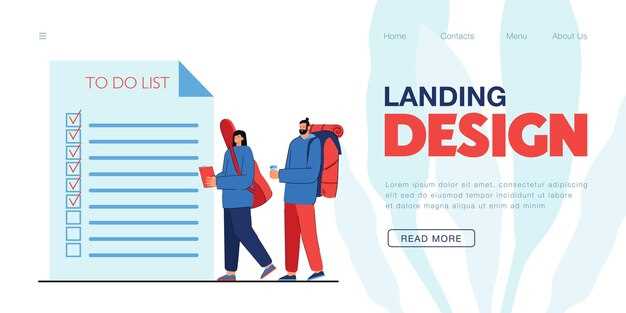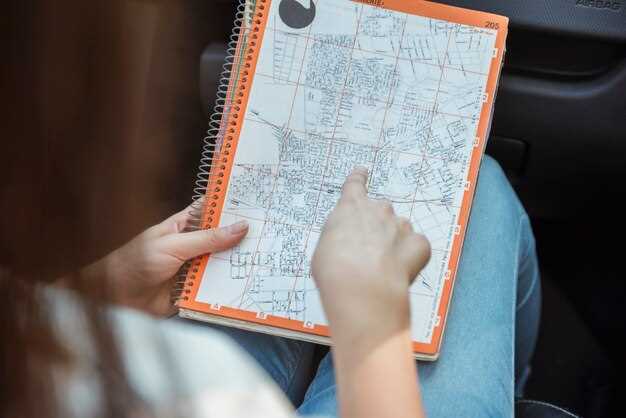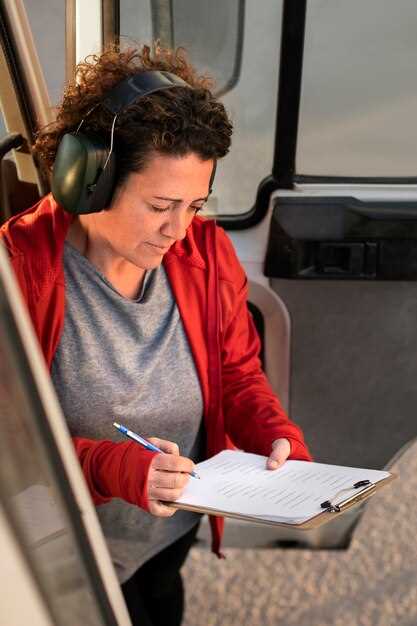
Building and riding your bike can be an exhilarating experience, offering freedom, fitness, and a unique way to explore the outdoors. However, the process of assembling a bike from scratch or restoring an old one requires careful planning and attention to detail. To ensure a smooth journey, it’s essential to follow a structured checklist that covers every aspect of the project, from selecting components to final adjustments.
Whether you’re a seasoned cyclist or a beginner, understanding the key stages of bike construction and maintenance can significantly enhance your riding experience. This article provides a comprehensive checklist aimed at guiding you through the important steps of building your bike and ensuring it is safe and ready for the road. Each item on the checklist will help you focus on critical elements needed for both construction and the exhilarating ride that follows.
As you embark on this project, remember that preparation is crucial. Planning ahead, gathering the necessary tools, and acquiring quality materials will help you avoid common pitfalls. Additionally, learning about the different components of your bike and understanding how they work together will empower you to make informed decisions throughout the building process. Let’s dive into the essential checklist that will take you from concept to cruising down your favorite bike trail.
Selecting the Right Materials and Tools for Your Bike Build

Choosing the right materials and tools is crucial for a successful bike build. The selection process begins with understanding the type of bike you intend to construct–be it a road bike, mountain bike, or commuter bike. Each type has specific requirements that influence material choices.
For frame construction, consider materials like aluminum, carbon fiber, or steel. Aluminum is lightweight and corrosion-resistant, making it ideal for racing bicycles. Carbon fiber offers superior strength-to-weight ratios, perfect for high-performance models. Steel, on the other hand, provides durability and ease of repair, appealing to touring and commuter bike enthusiasts.
When selecting components such as wheels, brakes, and drivetrains, ensure compatibility with your frame material. Wheels made from lightweight alloys provide speed and agility, while thicker tires enhance stability and traction on rough terrain. For brakes, you can choose between rim and disc options, depending on the expected conditions and performance needs.
Gathering the necessary tools is equally important, as quality tools can simplify the building process. Essential tools include a torque wrench for accurate assembly, bike-specific screwdrivers, and Allen keys in various sizes to fit different components. Additionally, a chain tool, tire levers, and a multi-tool are invaluable for maintenance and adjustments. Investing in a work stand can also enhance comfort and efficiency during the build.
In summary, a successful bike build hinges on the careful selection of appropriate materials and reliable tools tailored to your specific build requirements. Researching and sourcing high-quality materials and tools will ensure that your bicycle is not only functional but also safe and enjoyable to ride.
Step-by-Step Assembly Process to Ensure Proper Bike Functionality

Assembling your bike correctly is essential for safety and performance. Follow these steps to ensure every component functions optimally.
1. Gather Your Tools
Before you begin, collect all necessary tools such as a multitool, tire levers, a pump, and a wrench set. Having the right tools on hand will streamline the assembly process.
2. Inspect Frame and Components
Carefully examine the bike frame and all parts for any damage or defects. Check for scratches, dents, or misaligned components. Ensure screws and bolts are not stripped and everything is accounted for according to the manual.
3. Install the Headset
Begin by placing the lower bearing onto the fork. Insert the fork into the head tube of the frame, followed by the upper bearing. Adjust the headset until it is tight but still allows for smooth steering.
4. Attach the Handlebars
Align the handlebars with the front fork, ensuring they are straight. Secure them in place using the handlebar clamp. Verify that all components are fastened evenly to maintain stability.
5. Install the Front Wheel
Insert the front wheel into the fork dropouts. Make sure it is seated correctly. Tighten the quick release or axle nuts to secure the wheel. Spin the wheel to check for any abnormalities in rotation.
6. Mount the Brakes
Attach the brake calipers to the frame and fork following the manufacturer’s guidelines. Ensure proper alignment with the wheel to achieve effective stopping power. Test the brakes by squeezing the levers before moving on.
7. Install the Crankset and Bottom Bracket
Carefully follow the installation steps for the bottom bracket. Once in place, attach the crank arms securely. Rotate the cranks to ensure they spin freely without obstruction.
8. Attach the Rear Wheel
Insert the rear wheel into the rear dropouts. Make sure it is aligned and tighten the quick release or axle nuts firmly. Again, check that the wheel spins without any issues.
9. Install the Chain
Thread the chain through the derailleur and around the chainrings. Confirm that the chain is correctly sized and tensioned. Lubricate the chain lightly to promote smooth movement.
10. Final Adjustments and Testing
Check the alignment of gears and brakes. Adjust the derailleurs for optimal shifting. Do a quick test ride in a safe area to ensure everything functions properly. Address any issues that arise before regular use.
Following these steps will significantly increase the likelihood of your bike functioning effectively and safely. Regular maintenance after assembly is also crucial for long-term performance.
Safety Gear and Maintenance Tips for a Smooth Riding Experience
Ensuring a safe and enjoyable bike ride begins with the right safety gear. Investing in high-quality equipment not only protects you but also enhances your overall experience. Start with a well-fitted helmet. This is your first line of defense against head injuries in case of an accident. Make sure it meets safety standards and fits snugly without any movement.
Next, consider wearing high-visibility clothing. Bright colors and reflective materials increase your visibility, especially during low-light conditions. Additionally, equipped with lights and reflectors on your bike improves your safety while riding at night or in poor weather conditions.
Gloves can enhance your grip and comfort, reducing fatigue on longer rides. They also provide protection in the event of a fall. Don’t forget to wear appropriate footwear that offers support and non-slip soles, ensuring better control of the pedals.
Regular bicycle maintenance is crucial for a smooth riding experience. Start by checking your tire pressure before every ride. Properly inflated tires reduce the risk of flats and improve riding efficiency. Inspect the brakes for responsiveness and wear; replace brake pads as necessary to ensure maximum safety.
Regularly lubricate the chain and clean the gears to maintain smooth shifting and minimize wear. Ensure that your bike’s frame is free from rust and damage, and tighten any loose bolts to enhance overall stability.
Finally, conduct a pre-ride inspection each time you head out. Check the essential components: brakes, tires, chain, and lights. A quick examination can prevent significant issues while on the road, ensuring a safer and more enjoyable ride.